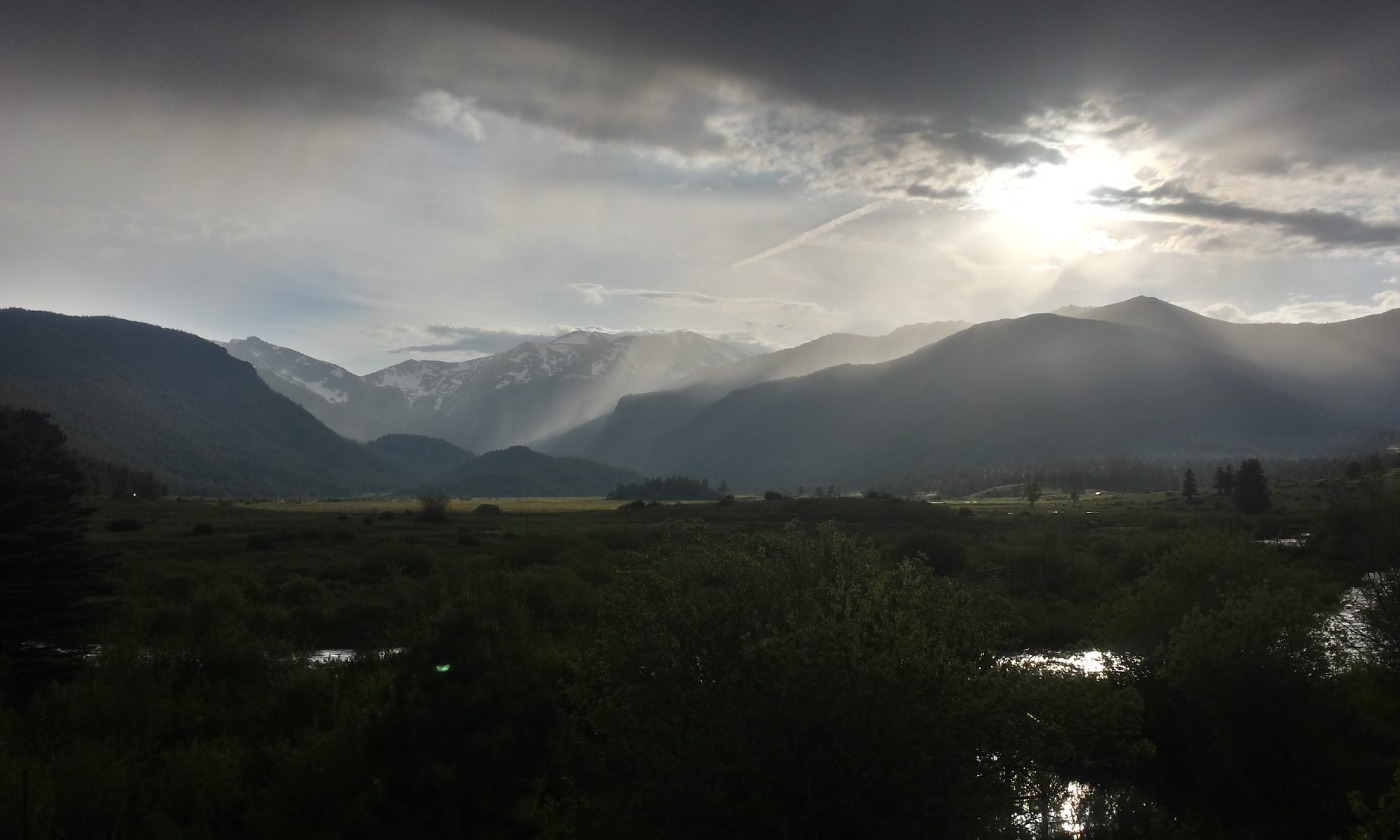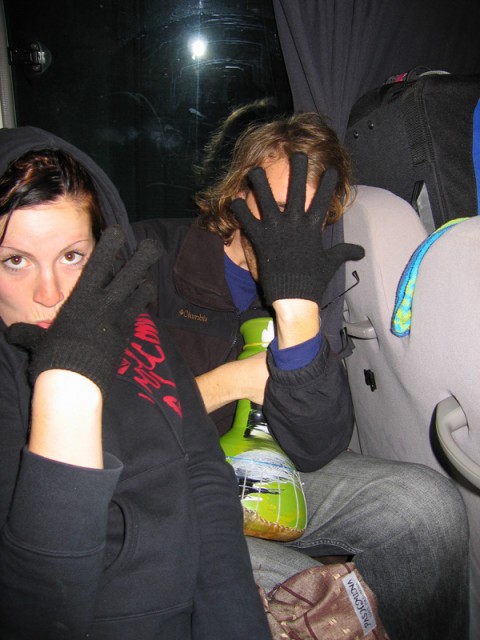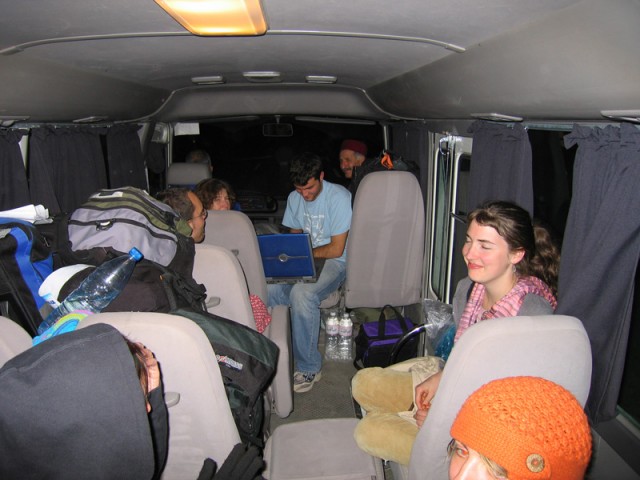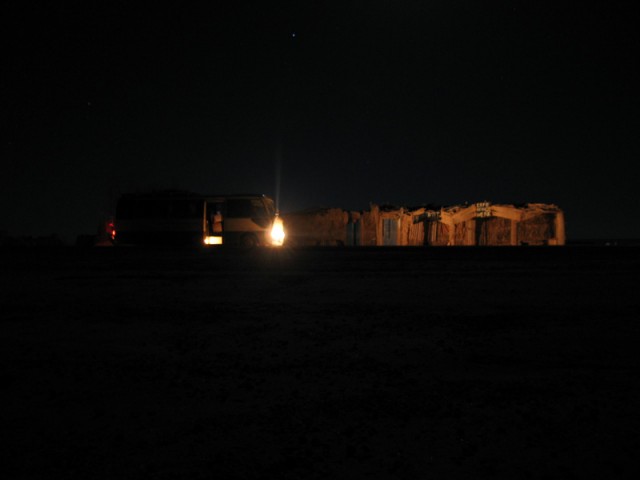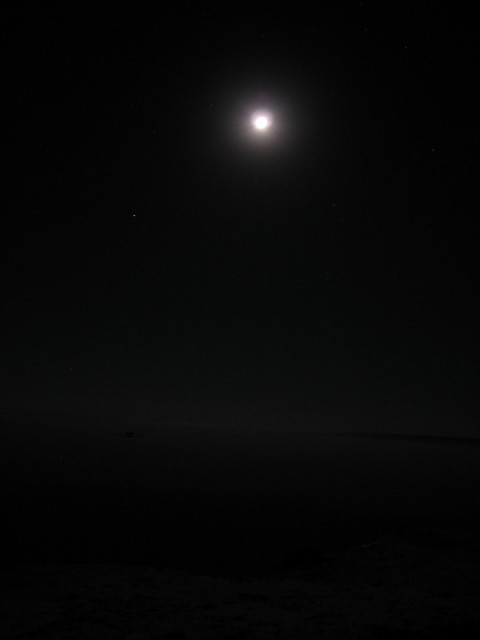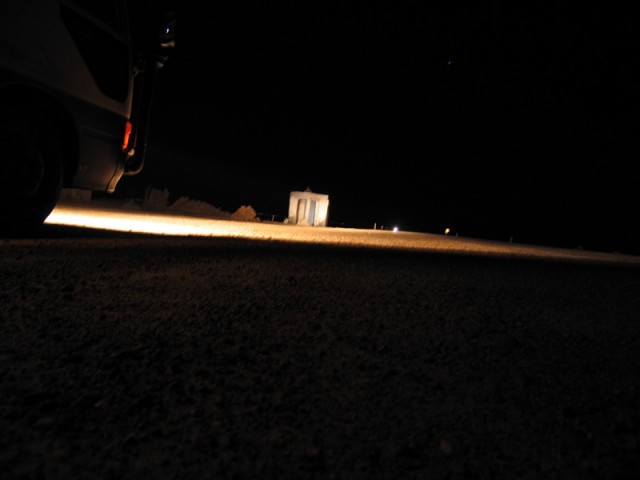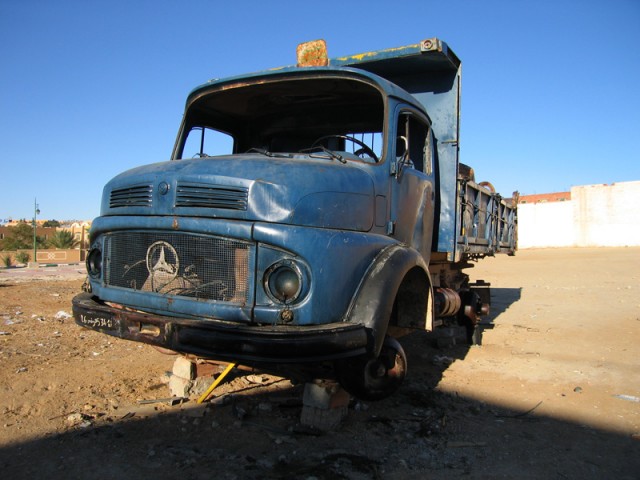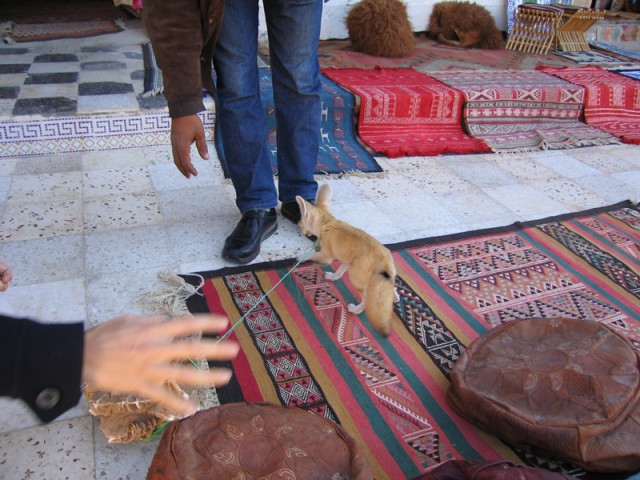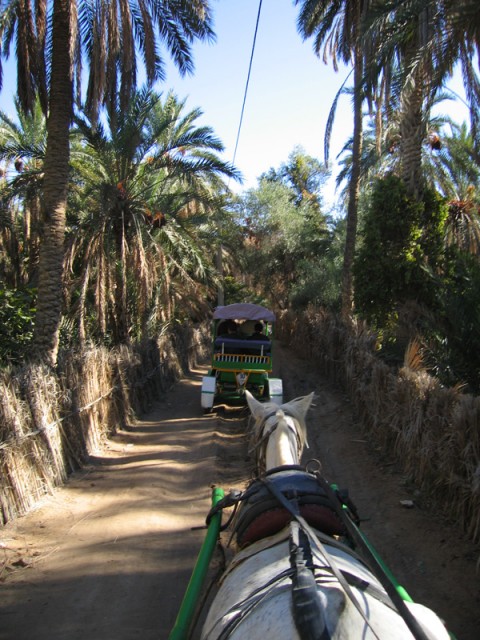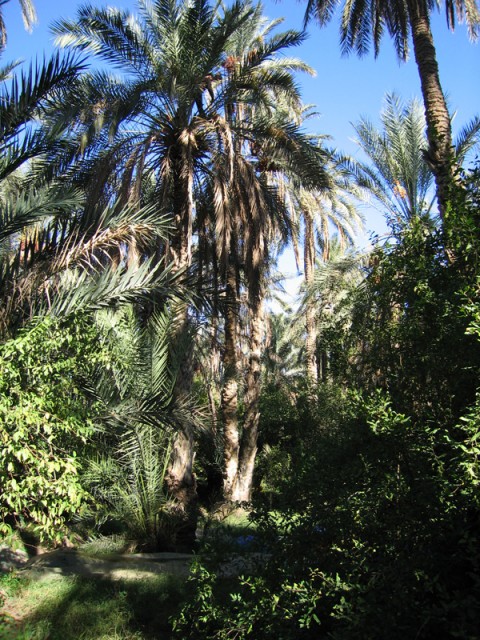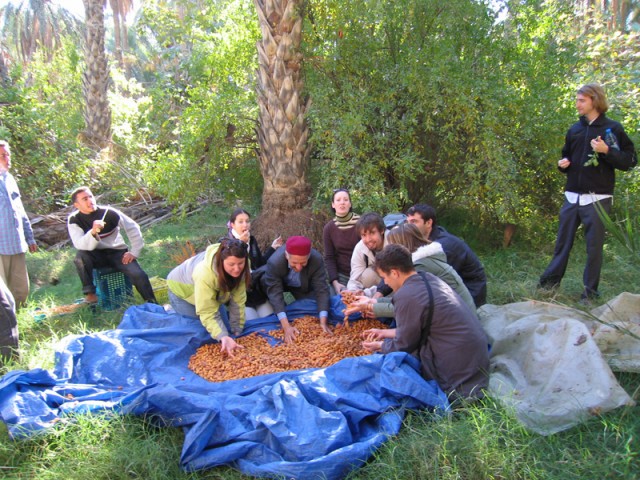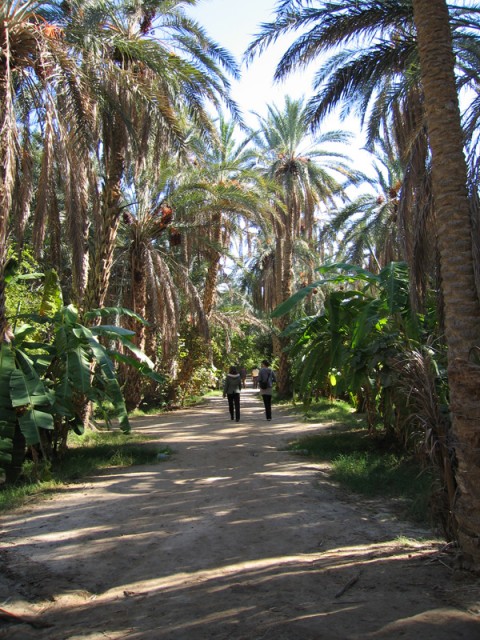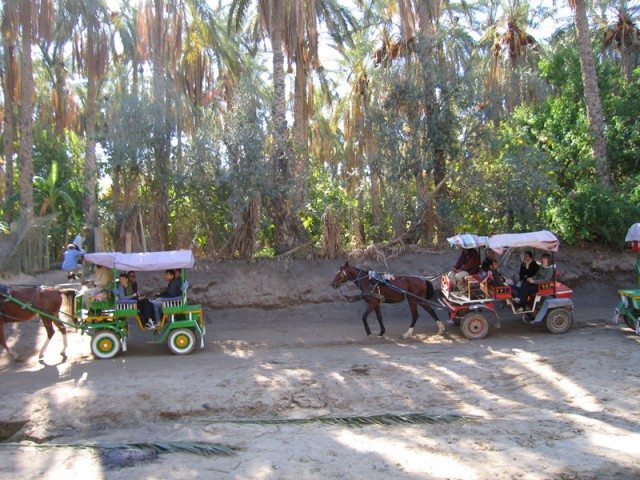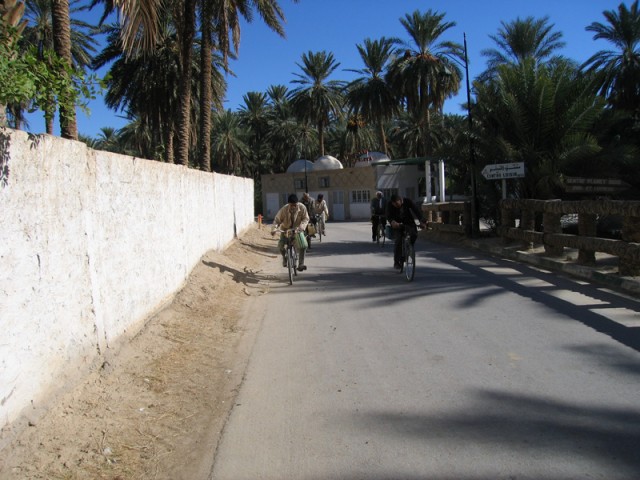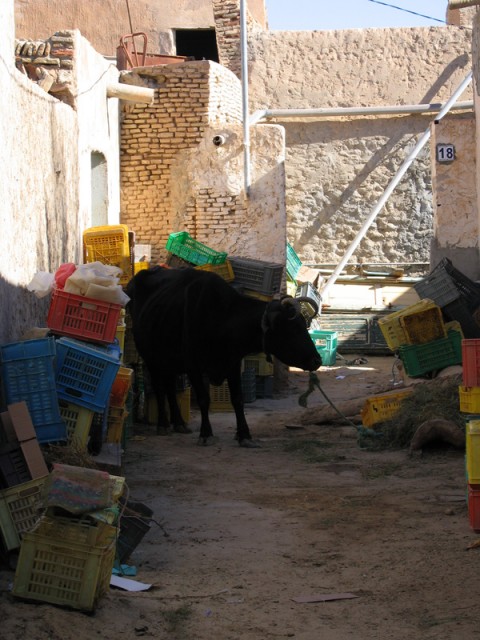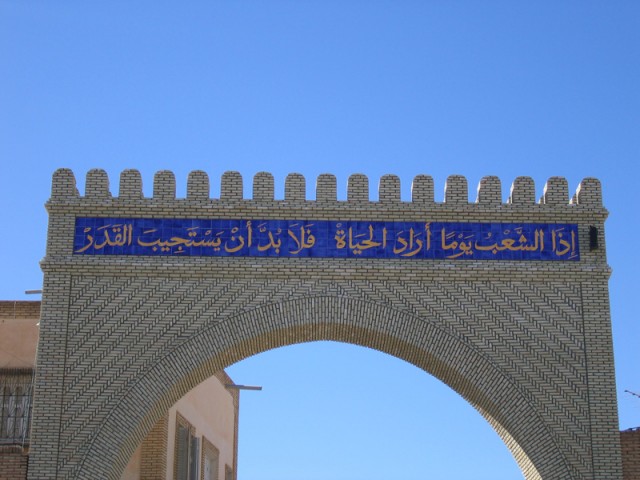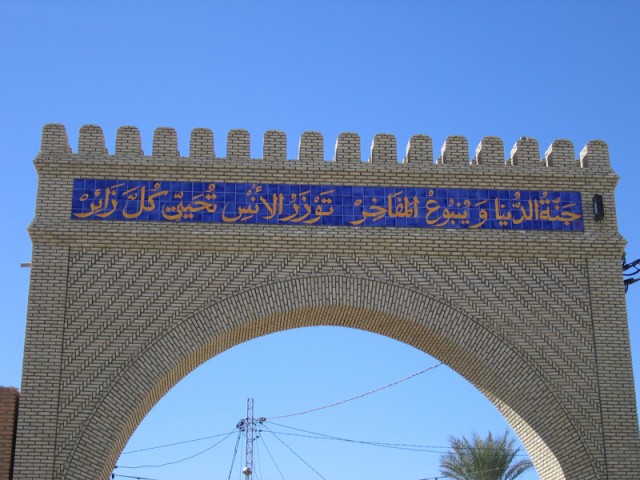Tunisia’s wealth lies not in its phosphates or its olives but instead in the great salt pans of the interior. Once, long ago, these salt flats were shallow seas supporting a diverse variety of plant and animal life. They were even deep enough to support a roman galleon, at least supposedly. The archeological work on the find was a bit sketchy as the excavator was one of the primary supporters of connecting Chott Jerid to the sea. There is, however, a good chance that such vessels did in fact ply many of the now dried up inland seas of Tunisia.
Declining rainfall caused, no doubt, by the same climate change that dried up the Sahara, changed these seas of water into seas of salt. Now days, when crossing the Chotts, one is more likely to see a mirage and blowing salt than real water and seagulls. Of course, there is an exception to every rule, such as when our group crossed the Chott late at night in the middle of November. We found a Chott full of water. As far as we could see, the water glistened in the moonlight. Times like these are important in the Chott as these moisture events provide the catalyst to create new and bizarre salt and gypsum formations. After all, what would the man who owns a shop square in the middle of the Chott sell to tourists if it weren’t for these desert roses and salt sculptures?
A Chott full of water or even recently full of water is a dangerous place. Walk off of the causeway or a known safe path and you take your life in your own hands. Beneath a seemingly safe salt crust might lay quicksand or deep black mud waiting to swallow up unsuspecting people and camels. Stories of such things abound around the oasis jump-off points on either side of Chott Jerid. One story says that 1000 camels and their drivers were swallowed in the Chott when they went off the beaten path.
Back in the heyday of the camel caravan, it used to be a few days journey to make it across the Chott. The main route between Douz and Kebili was clearly marked with the trunks of palm trees stuck upright in the salt flats. There was a raised island of salt in the middle of the Chott where camels and humans could spend the night or the day, depending on the season, before continuing on their way to the other side. Now, that raised bit of land is where the Chott gift shop is setup.
Several times over the last 150 years, people have gotten the idea in their heads that the Chotts of Tunisia should be converted back into lakes. Once, right after the completion of the Suez Canal, the French looked into digging a canal all the way into Chott Jerid to flood it with sea water. If this had been completed and it had worked, it would have destroyed all of the desert oases of Tunisia where the highest quality dates are produced, not to mention completely obliterate the oasis complex around Gabes where the canal would have cut through. Luckily, it was found that, in fact, the Chotts were at least 10 meters above sea level, and after the death of the main proponent of the canal project, the whole idea dried up for many years.
Again, the idea of flooding the Chotts surfaced in the mid 60’s when the Plowshares, an atomic energy group in America, decided that creating a trench to the interior of Tunisia was a good idea and the best way to do it was with atom bombs. The idea was to blast a trench from the sea all the way to the interior of the country – possibly as far as Algeria! The only side effects would have been some “localized radiation fallout that will be inconsequential and not adversely affect the greater environment”. Had such a crazy scheme been carried out, the entire south and middle of Tunisia would be one big radioactive wasteland.
For now, it appears that Tunisia is happy with leaving the Chotts alone. Aside from an airstrip or two and a couple of causeways, the Chotts remain untouched. Gone are the camel caravans of old, now replaced with long haul trucks and tour busses. The idea remains the same though. Cross the Chott as soon as possible and don’t get lured in by the mirages. Maybe one day in the future, once the climate shifts to being wetter and cooler in this part of the world, the Chotts once more will be great inland seas, but until that time, I think that Tunisia will just have to be content with salt pans and the occasional salt sea. Anyway, if they ever did try to fill the Chotts with water, be it fresh or salt, it would do little good for agriculture as the whole area is permeated with salt to such a degree that nothing will grow there, even when there is moisture. It will require a massive climate shift and many tens if not hundreds of years of a high water flow through the Chotts and out to the sea before the area is ready to support edible plants and animals. Until then, we can observe the beauty of the Chotts at night under a full moon.
